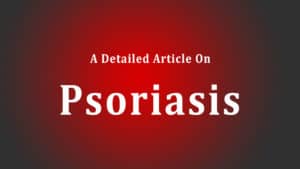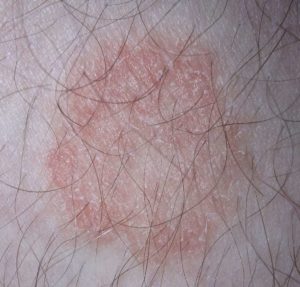PURA syndrome is a rare genetic disorder. The PURA gene is located on chromosome 5’s long arm (at position 5q31.2). When one of a person’s two copies of the PURA gene does not operate correctly, PURA syndrome arises. This can be the result of a misspelled gene or the loss of one copy of the gene (a whole gene deletion). Genes are instructions that play crucial functions in our development and growth. They are composed of DNA and are combined with numerous other genes to form chromosomes, which are organized structures.
Cause
Mutations in the PURA gene, which encodes the PUR-alpha (PUR) protein, are responsible for PURA syndrome. This protein has various functions in cells, including regulating gene activity (gene transcription) and assisting in DNA replication. The PUR protein is crucial for healthy brain development. PUR directs the development and division of nerve cells (neurons). It may also have a role in the creation or maturation of myelin, the protective coating that coats nerves and supports effective nerve impulse transmission.
It is believed that mutations in the PURA gene lower the amount of functional PUR protein. Researchers hypothesize that a partial loss of PUR function may change normal brain development and impede neuronal function, leading to developmental issues and seizures in persons with PURA syndrome, despite the fact that it is not known how this causes the condition’s symptoms.

Symptoms
Typically, children with this disease exhibit:
- Widespread developmental delay
- Speech delay
- Walking challenges (may learn to walk at a later age than average or may not even know how to walk at all)
- Hypotonia
- Feeding disorders (dysphagia is one of the causes)
- Epilepsy
- Excessive daytime sleepiness
- Persistent hypothermia
- Apnea
- Hypoventilation
Usually, breathing issues resolve after the age of one.
Treatment
The treatments for PURA syndrome are tailored to the particular symptoms exhibited by each individual. The treatment will necessitate the coordinated efforts of a multidisciplinary team, ideally including a neurologist, geneticist, pediatrician, respiratory physician, ophthalmologist, and orthopedic surgeon.
Epilepsy, which is present in over half of PURA syndrome cases, can be difficult to adequately manage. Despite the fact that some patients have responded positively to specific anti-epileptic medications, refractory (drug-resistant) seizures are widespread. Therefore, additional study into the origins and treatment of seizures is essential.
For more info, visit: https://www.purasyndrome.org/condition



